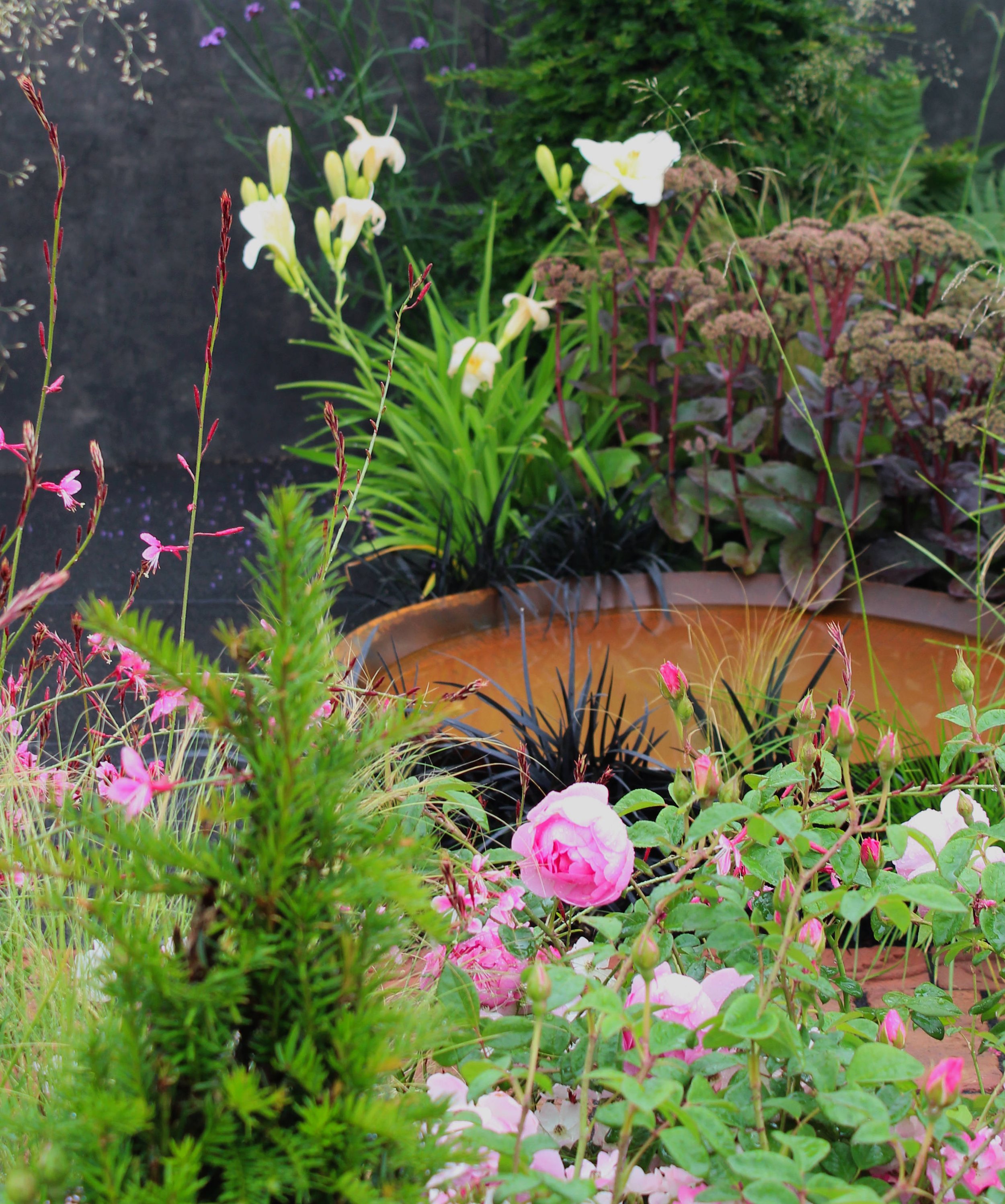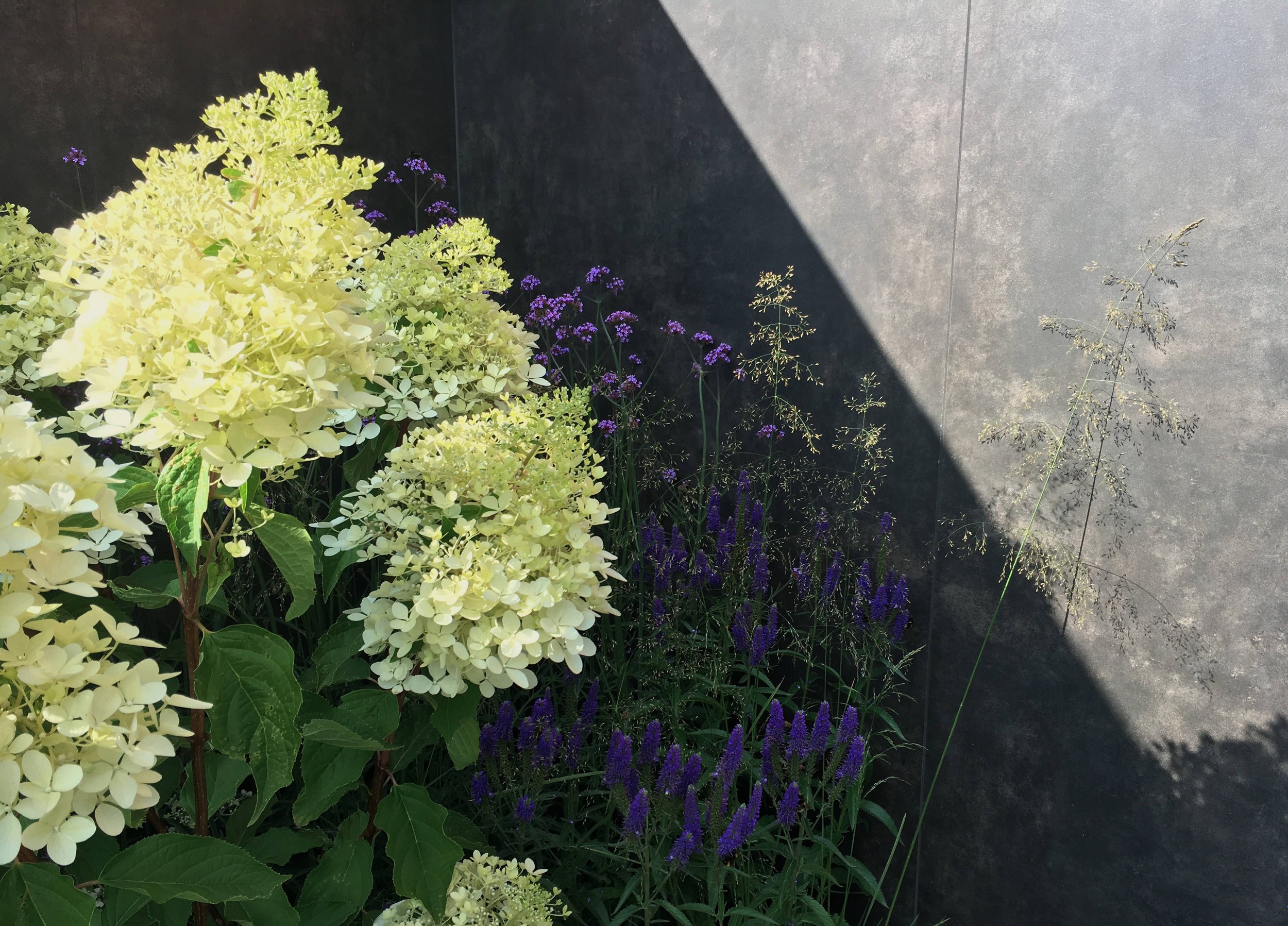What to prepare before speaking to a garden designer?
This is a great question…although in my experience most people don’t prepare before speaking to a garden designer.
This is definitely not an a problem though and certainly doesn’t cause any issues. That is because a professional garden designer will be able to work with you to understand what you want and how to achieve it - it is after all what we do every day.
For the majority of people speaking to a garden designer it will be the first time they have contacted a professional to help with properly planning their new or established garden - and they will often just know that there are things about the garden that they don’t like at the moment and want to change. Only twice in twenty years have I been presented with a comprehensively written briefing document when a client has made first contact (and in both cases we amended much of the detail as we progressed through the design).
It is however incredibly useful for you to be able to share your ideas with your garden designer when you meet them. So if you do want to gather your thoughts, here are 5 key points you can prepare before speaking with your garden designer (although you don’t have to follow all 5 suggestions!):
What do you want to do in the garden?
- remember the smaller the space the fewer activities it will permit (although good design should allow for a garden to fulfil a number of different functions), and even in a large garden, where considerations of space are less relevant, you want a unified space rather than a hodge-podge of separate areas. My advice therefore would be to write down how you want to use the garden - is it for relaxing, entertaining, encouraging wildlife, or pottering around and gardening? Is the garden for you, your family, a shared space with nature, a safe space for pets, or for entertaining family and friends? Once you know who the garden is for, and what you want to achieve in it, re-look at your list a little later and prioritise those different activities based on what is most important to you.
Prepare some images of things you like
- remember that any images of gardens you collate don’t have to form a unified design (that’s what your designer will do) but they should reflect aspects of what you would like to achieve (either in specifics or general moods). There are plenty of websites that will let you curate a collection of photos (such as Pinterest or Houzz for example), but you can just as easily save images from a Google search to your phone….It is worth bearing in mind however that if you have expensive tastes it is often the case that if you like something a lot it may not always be inexpensive to realise! Preparing images actually achieves two important goals - it helps you to order your ideas and perhaps even continue to prioritise the ones that are most important, but it will also help your designer get an idea of your stylistic preferences…you may know you have traditional or contemporary taste but what does that actually mean? Creating a mood-board of images (or just selecting a few you like) will ensure your garden designer understands your style and can then make suggestions that fit with that style when visiting your garden.
Think about what you would like to spend….
- I have written elsewhere on how to budget for a new garden but there are two undeniable truths to remember. First is that it will usually cost more than you think (because even if you have had a garden designed previously it will usually have been built 15 or more years ago, and because many people do not understand the skill, and therefore the worth, of a good landscape contractor). Second is that you may need to compromise on what is included or perhaps phase implementation of your garden over a few years. If you have a set amount to spend make sure you share this with your garden designer so they can include that in their plans and their discussions (although even if your budget is open-ended it is still useful to provide some guidance on budget!).
How much time do you want to spend in your garden?
- In the last 20 years no one has ever asked us for a high maintenance garden. The important thing to remember though is that no garden is zero maintenance so you and your designer will need to understand exactly how much time you can spend in the garden over the course of a year. Paving it over is not an option (as it is bad for nature and ignores the need for water to drain away naturally) but there are plenty of low maintenance planting approaches that can suit even least garden-minded of homeowners. Similarly new technology means you can, for example, have a robotic lawn mower if mowing the grass is a chore rather than a zen pleasure.
Biodiversity
- increasing the biodiversity in your garden when having it redesigned should be a given in the modern world. Your garden is shared with nature and even a modest sub-urban garden, traditionally managed, can be a true haven for wildlife if poisons aren’t applied. The key point to consider at the initial stages though is if there are specific creatures you want to attract? Luckily a properly designed and managed biodiverse garden should attract a multitude of creatures…and should not look like a plot of scrubland to achieve that (unless that is the aesthetic that appeals of course!).
The above 5 things to consider when preparing to meet a garden designer cover the basics and you I don’t think you need to overthink them at the initial stage. However, although these are the starting point, by employing an appropriate, professional garden designer they will work with you to come up with ideas you hadn’t considered, solve some of the issues you thought were impossible to resolve, and create a garden that exceeds your expectations…
Good luck with your new garden.


